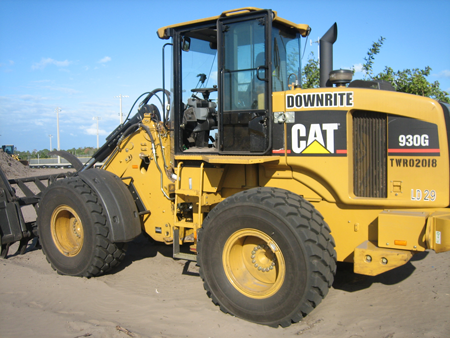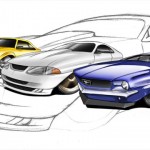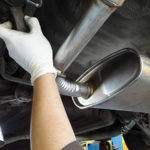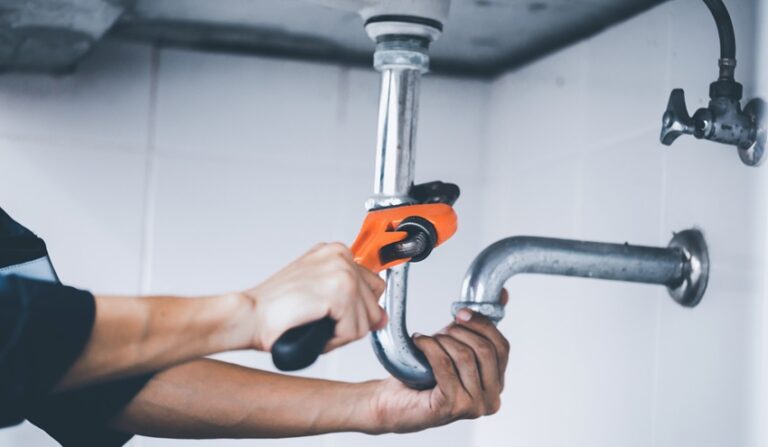Loaders are very effective machines used in the construction industry and can be found at almost every construction site. They are also used in many other industries such as: forestry, landscaping, agriculture and mining industry. There are many different type of loaders available on the market and each model has own unique specifications and configurations. But generally, the productivity and the efficiency of the loaders depends on the linkage configuration. The loader manufacturers offer two different loader linkage options, a parallel lift and a Z-bar linkage configuration.

If you are wondering why there are two linkage options, it is simple – different needs, different options. The parallel lift linkage is recommended if you plan to use your front end loader for loading and unloading tasks, while the Z-bar linkage will provide a better operation when moving materials in applications that require bigger digging power.
The Z-bar linkage configuration is more popular option for the front end loader operators. The first front end loader was designed with a Z-bar linkage system. The name comes from the Z shape of its tilt cylinder, link layout and lever. The Z-bar linkage configurations don’t require specific maintenance and can deliver extremely high breakout forces. In fact, the high breakout force is the main advantage of Z-bar linkages, what makes them suitable for bucket works and material handling. Unfortunately, the operator’s visibility is very reduced, because the hydraulic cylinder is mounted in front of the operator field of vision. Also, the Z-bar linkage tends to roll back when raised, and maintaining the stability of the front end loader is a big challenge for the operators.
A front end loader that is used for handling materials need to posses three main features: great visibility, hydraulic tilt forces to exceed the machine lift for safer manipulation of the entire lift range, and predictable parallel lift throughout the lift range with less than 10 degrees. The Z-bar linkage front end loaders come with a significant loss of the hydraulic tilt forces. For that reasons, many loader manufacturers offer a second linkage configuration, commonly known as parallel lift linkage configuration.
Every loader manufacturer offers different types of parallel linkages, but in general, they have more complicated designs than the Z-bar linkages. With more links, pins, tilt cylinders and levers, the parallel lift linkages are more expensive and require specific maintenance than the Z-bar linkages. For example, Caterpillar offers front end loaders for sale with two parallel linkage options: IT and VersaLink. Recently, Caterpillar released a new optimized Z-bar linkage that combines the best characteristics of both linkage configurations. The Caterpillar small wheel loaders come with the optimized Z-bar linkage configuration. So, the crucial factor for choosing the proper front end loader or wheel loader linkage configuration is the nature of your job.











